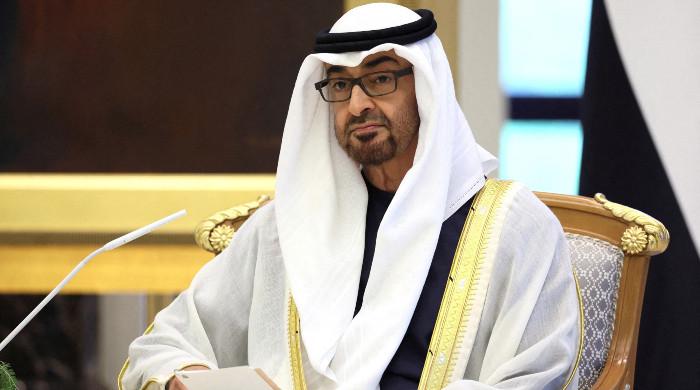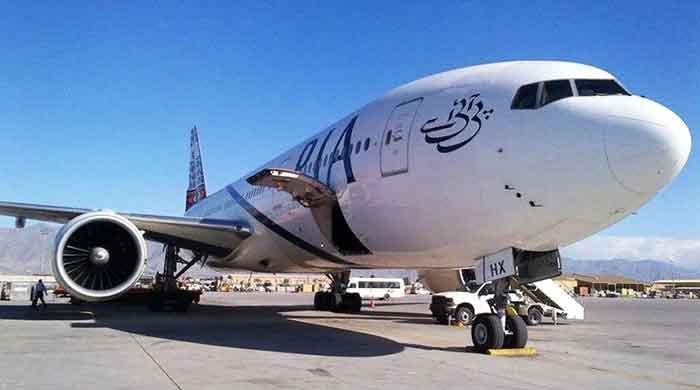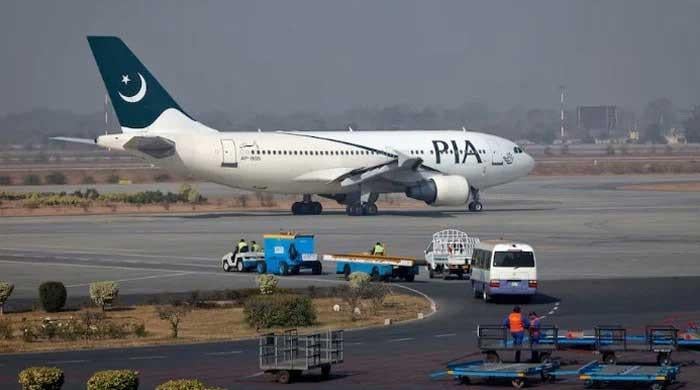Average PSDP project takes 14.1 years in Pakistan: IMF
At least 909 development projects worth Rs7,961.5 billion are ongoing at present
November 19, 2023

- Fund says there are 244 new PSDP projects worth Rs2,261.9bn.
- 909 development projects worth Rs7,961.5 billion ongoing.
- Hybrid public investment efficiency gap estimated at around 38%.
ISLAMABAD: The International Monetary Fund (IMF) has assessed average time for completion of development projects in Pakistan stands at 14.1 years if no new projects are included in the Public Sector Development Programme (PSDP) list.
The IMF has come up with a technical assistance report titled ‘Public Investment Management Assessment (PIMA)’ for evaluating Pakistan’s development framework, which is expected to be launched soon.
The IMF assessed there were 244 new development projects included in the PSDP with an estimated cost of Rs2,261.9 billion during the last financial year 2022-23. The number of ongoing development projects was 909 with a total cost of Rs7,961.5 billion, it said.
The average time for completion of a project, therefore, stood at 14.1 years, provided the development budget remained the same and no projects were included in the PSDP.
While the Planning Commission gives funding priority to ongoing projects, reforms are needed to provide a more credible basis for the PSDP budget. The total cost of completion of ongoing projects, the “throw forward”, is very large compared to realistic funding available in the medium term.
It shows if the annual PSDP budget remains the same, and no new projects are added, it will take approximately 14 years to complete the existing approved projects. However, in practice, new projects continue to be added at a significant rate.
In addition, the estimated years for completion are likely understated since i) ongoing projects not receiving funding in 2022-23 (known as unfunded projects) are not counted in the funding backlog, ii) the 2022-23 PSDP does not include flood-related projects that have been subsequently approved and iii) delays result in significant cost overruns.
The Planning Commission estimates a typical project requires 2-3 times its original estimated cost due to inflation, damage to work already done and loss of materials at inactive building sites, and increased builder costs – which Planning Commission attributes largely to funding-induced delays.
While the PSDP provides information on total project costs, this information would be more useful if compared to the realistic funding available in the medium term.
The IMF says the hybrid public investment efficiency gap in Pakistan is estimated at around 38%, which indicates there is considerable potential to improve the access and quality of its infrastructure. The hybrid efficiency gap is a measure of potential quality and access to infrastructure given the existing level of capital stock per capita.
Pakistan’s efficiency gap is only slightly larger than the mean in the peer group but is larger than the averages for the emerging economies, Middle East, North Africa and all countries groups. The gap indicates the country is not fully utilising capital investment expenditure to provide optimal access and quality of public services and infrastructure for its population.
In recent years, an increasing share of public investment has been executed by the provincial governments. 18th Amendment of the Constitution in 2011 granted more autonomy and power to provinces and special areas of Azad Jammu Kashmir and Gilgit-Baltistan, including control over education and health. It also increased the share of federal resources of four provinces and allowed them to collect and retain revenue from certain sources.
As a result, capital investment executed at a sub-national level (it includes provinces, special areas and their respective districts) has trended upwards since, representing an average 60% of total capital spending in the last six years.
At the federal level, capital spending is directly executed by line ministries or by autonomous and semi-autonomous agencies, such as the National Highway Authority, Water and Power Development Authority, Airport Authority and Ports Authority.
Taken together, these agencies have executed approximately one-fifth of the capital spending in recent years, a figure comparable to the capital spending carried out by line ministries.
Originally published in The News









